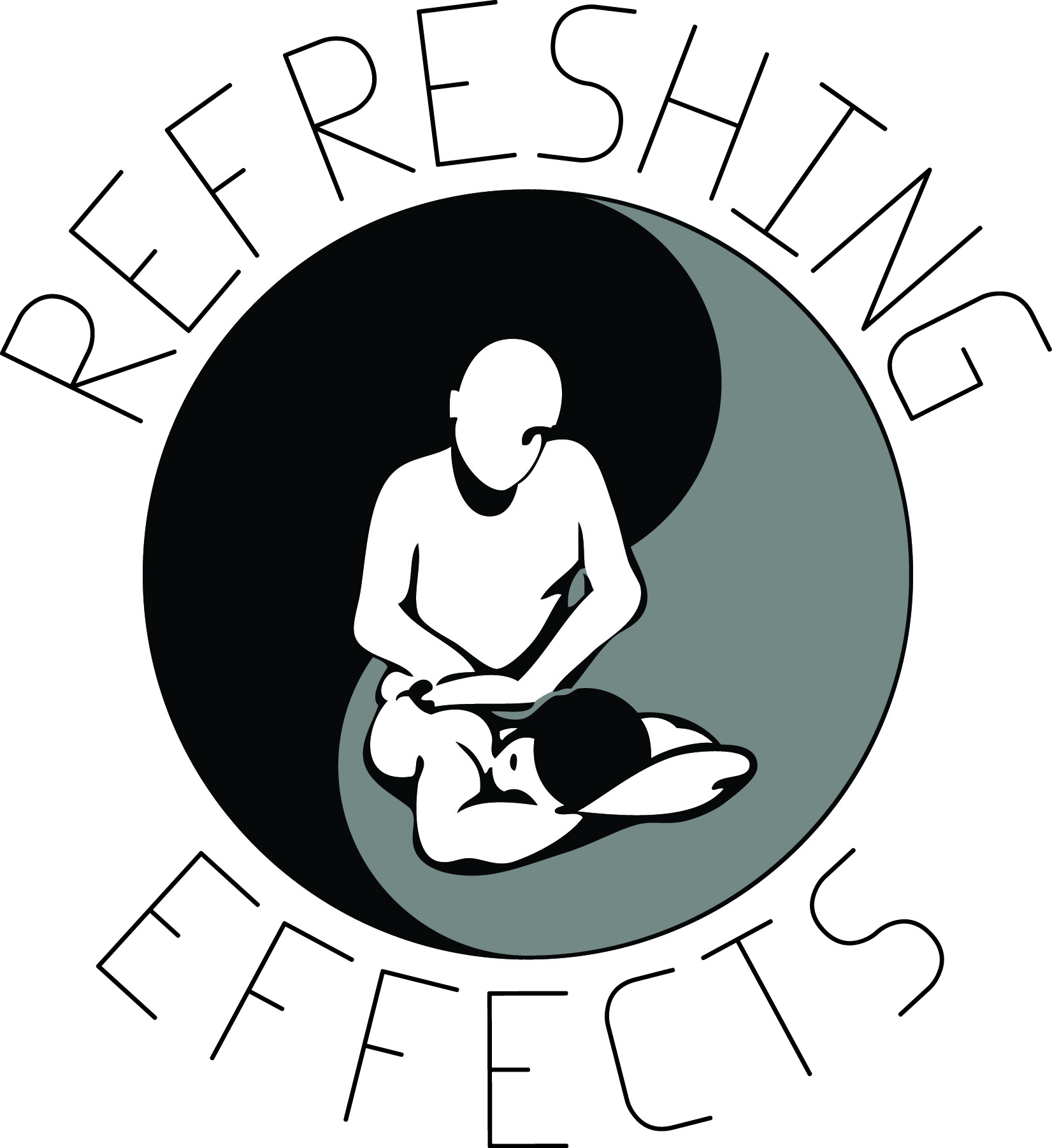 Posterior pelvic pain (PPP) is a common condition that occurs in an estimated 50-80% of women during pregnancy. It’s characterized by deep throbbing sensations originating on the lower sides of the waistline and the upper tailbone. Depending on the severity of PPP, the pain may radiate from the tailbone done to the buttocks, making otherwise normal tasks difficult to perform.
Posterior pelvic pain (PPP) is a common condition that occurs in an estimated 50-80% of women during pregnancy. It’s characterized by deep throbbing sensations originating on the lower sides of the waistline and the upper tailbone. Depending on the severity of PPP, the pain may radiate from the tailbone done to the buttocks, making otherwise normal tasks difficult to perform.
PPP Symptoms
If you are experiencing back pain during pregnancy, there’s a good chance it’s PPP. It’s the most common form of pregnancy-related back pain, affecting well over half of all pregnant women. Some of the symptoms of PP include strong, throbbing pain around the tailbone; pain radiating throughout the thighs; pain becomes worse when standing or walking; inflammation of the SI joint; general stiff feeling in the pelvis.
Of course, posture also plays a role in PPP. Standing in a semi-slouched position naturally forced greater exertion on the SIJ, which in turn increases the risk of developing PPP. When standing, your shoulder blades should be pressed back and your chest forward.
When Does PPP Occur?
PPP can occur at any given time during pregnancy, but studies show that it’s far more prevalent during week 18. This is the peak of PPP, as most women experience the greatest deal of pain at this time. PPP usually begins to subside in the months to follow, with the pain minimizing. It’s important to note, however, that some women may experience PPP long past their delivery date.
PPP is actually considered a type of sacroiliac joint (SIJ) disorder. The SIJ is strong set of joints formed between the lower spine and pelvis. It’s responsible for bearing a larger portion of the body’s weight. The SIJ’s purpose is to allow the transmission of forces through the body in a safe, effective manner. Whenever you run, jump or perform practically any other high-impact physical activity, the SIJ is responsible for absorbing the force.
When the SIJ is no longer able to effectively absorb the force of physical activity, PPP may generate as a side effect. The condition is far more common in pregnant women, as the growing uterus stretches some of core muscles around the pelvis, weakening them and leaving the SIJ vulnerable to impact. Doctors also believe the increased hormone production during pregnancy relaxes the ligaments around the pelvis.
How To Treat PPP
You don’t have to wait for PPP to heal itself. A massage therapist can often offer relief of pain caused by a misaligned joint. They may recommend a series of deep-tissue massages to help guide the bones back in the appropriate position. By harmonizing the body and its central nervous system, patients experience less pain, inflammation and other unwanted symptoms during pregnancy.
Photo credit: J.K. Califf (CC BY-SA 2.0)



